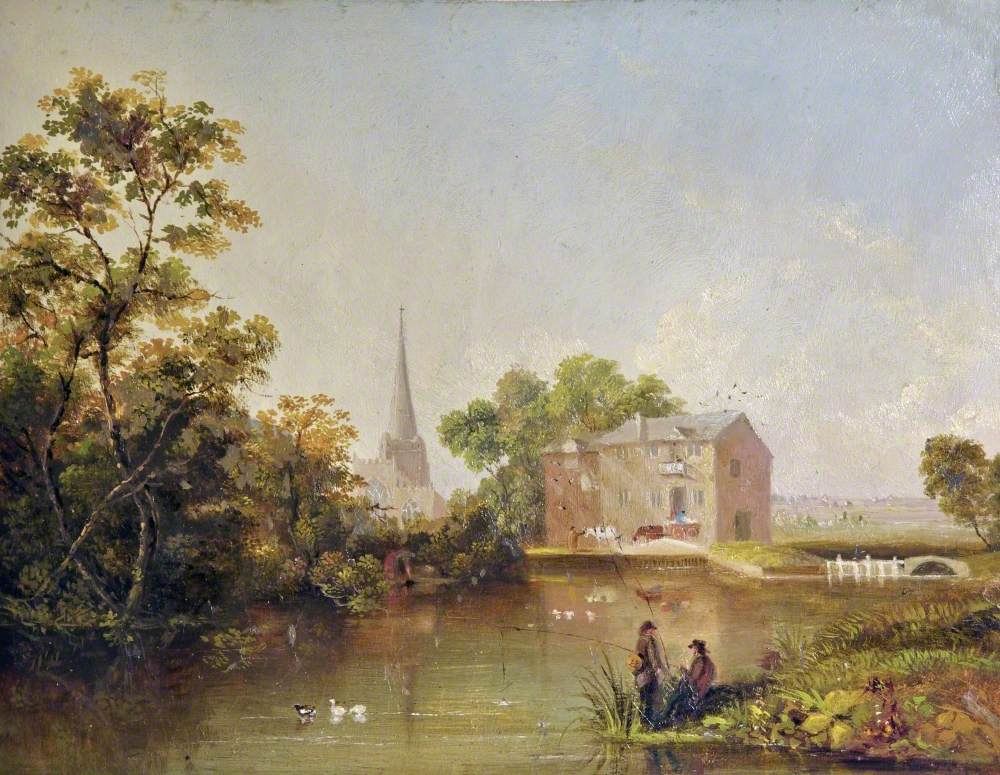Sefton
Sefton is referred to as Heston in the book North and South . It is a village located in the Metropolitan Bourough of Merseyside, England. Located to the south west of Maghull and to the north east of Great Crosby, it is on the flood plain of the River Alt. According to Britannica, it extends along the Irish Sea coast from the Ribble estuary (a water passage where the tide meets a river current) in the north to the Mersey estuary in the south. Sefton lies immediately north of Liverpool and includes industrial, residential, and agricultural sections. It is named for the ancient parish of Sefton, seat of the Molyneux family (later earls of Sefton), who were important landowners in the region from 1100 onward.
https://www.britannica.com/place/Sefton
Heston is mentioned in the book at the beginning of Chapter 7. This is the last stop that the Shaw family makes before entering Milton. Margaret describes that Heston "had a character of its own, as different from the little bathing-places in the south of England as they again from those of the continent." She mentions that everything looks more "purposelike." The people of this town during this time were learning to make a living with the advantages of the industrial revolution. The building of the Liverpool-Southport railway in 1850 affected the whole coastal region.
This is a painting by Andrew Hunt c 1841. titled "Sefton Church." It depicts the St Helen's Church and Mill of Sefton.

Coordinates
Longitude: -2.970359000000
